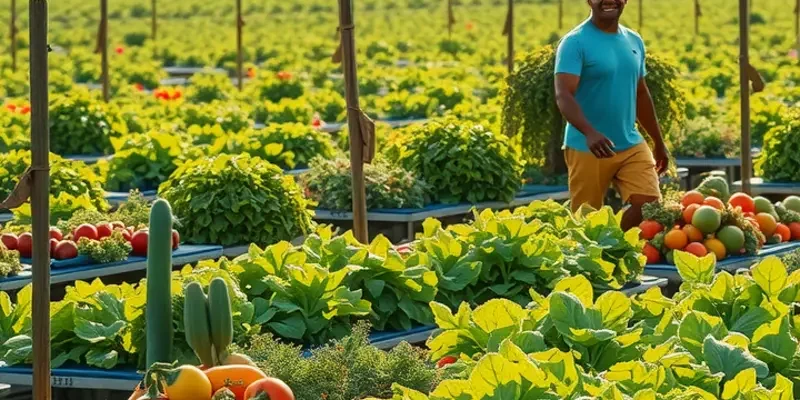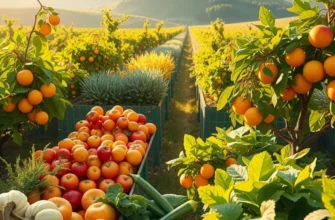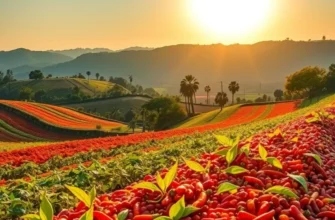Preserved foods unlock a world of flavor and history, connecting us to our ancestors and their culinary ingenuity. From tangy kimchi to sweet chutneys, various preservation methods tell fascinating stories and enrich our palates. Dive into the culinary uses of preserved foods and discover how they shape the distinctive flavors of global cuisines, ultimately enhancing any dining experience.
Savory Staples: Fermentation and Pickling
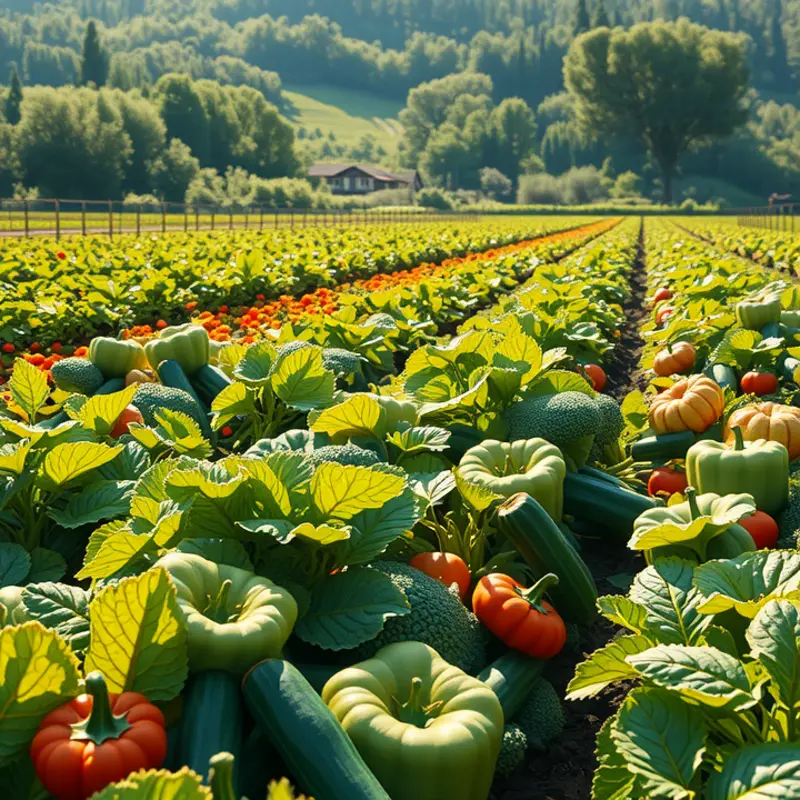
Across cultures, the arts of fermentation and pickling have transformed humble ingredients into culinary treasures. These methods of preservation are not just about longevity; they enhance flavor, texture, and even nutritional value. By fermenting and pickling, societies have safeguarded their gastronomic traditions while developing unique tastes that continue to elevate modern meals.
Fermentation is a naturally occurring process harnessed by humans for thousands of years. It involves the breakdown of carbohydrates by bacteria and yeast, creating lactic acid, which gives fermented foods their distinct tang. Sauerkraut, a beloved German dish, exemplifies this. When cabbage is left to ferment with salt, it transforms into a sour, crunchy condiment that pairs perfectly with meats and sausages. Similarly, kimchi, a staple in Korean cuisine, combines napa cabbage and radishes with chili pepper, ginger, and garlic. The result is a fiery dish that complements rice and grilled meats, adding a spicy umami kick.
Pickling, on the other hand, immerses foods in a brine or vinegar solution. This practice not only preserves but imparts a sharp, zingy flavor to vegetables and sometimes meats. In Mexico, pickled jalapeños add a punch to salsas and tacos, contributing both heat and acidity. Different regions offer their versions of pickles, from Indian achar, bursting with spices, to Middle Eastern torshi, often flavored with garlic and herbs.
There are considerable nutritional benefits to incorporating fermented and pickled staples into one’s diet. Fermented foods are rich in probiotics, which are beneficial for gut health, enhancing digestion and boosting immunity. Kimchi, for instance, is not just a flavorful dish but also a functional food supporting gut bacteria balance. Similarly, sauerkraut provides fiber, vitamins C and K, and iron, making it a nutritious addition to any meal.
For those keen to explore these savory staples at home, starting with simple recipes can be an enjoyable culinary adventure. To make sauerkraut, thinly slice a cabbage, massage with salt, and pack it tightly into a jar, ensuring it’s submerged in its juices. Leave it at room temperature to ferment for a couple of weeks, tasting periodically until it reaches the desired sourness. Kimchi can be more intricate, but home cooks can simplify by fermenting cabbage with chili flakes, garlic, ginger, and a touch of sugar for a basic yet satisfying version.
Those interested in a deeper dive into using these preserved staples economically might find low-waste cooking and prepping useful. Ensuring minimal waste in the kitchen aligns with sustainable practices, making the most of each ingredient’s potential.
Cuisines across the globe celebrate fermented and pickled foods as savory wonders that enhance both flavor profiles and nutritional content. As you experiment with these ancient preservation methods, let your palate explore the rich tapestry of global tastes, elevating your meals with both tradition and health in mind.
Sweet Selections: Jams, Jellies, and Beyond
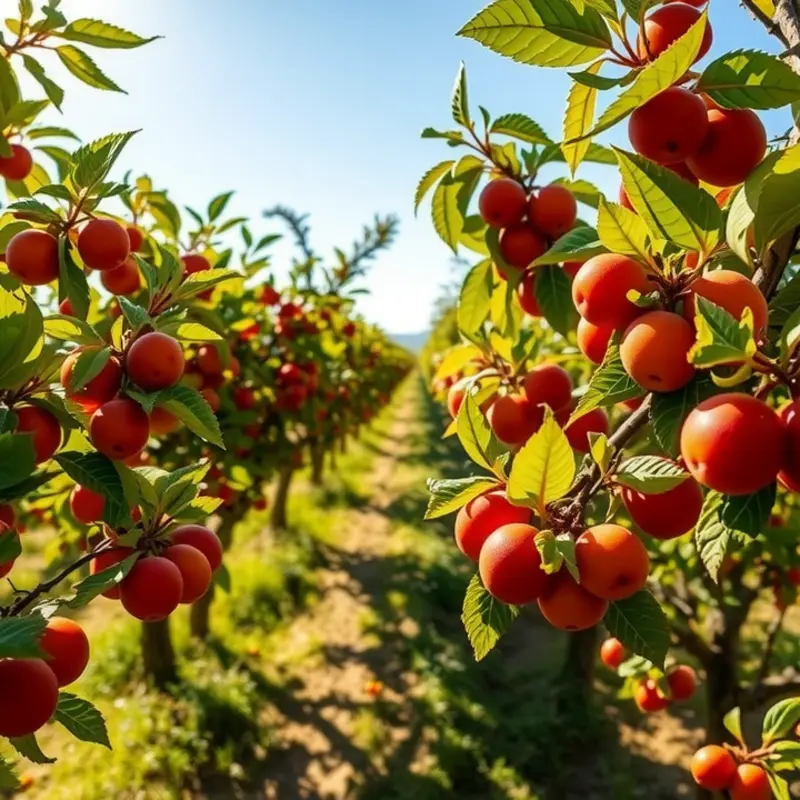
Preserving fruit in the form of jams, jellies, and other sweet spreads is a tradition rich with cultural significance and diverse flavors. These products not only capture the essence of seasonal fruits but also narrate stories of cultural heritage. From the fragrant citrus orchards of Greece to the bustling breakfast tables of England, fruit preserves play a beloved role.
Greek spoon sweets, known as glyka tou koutaliou, are symbolic of hospitality and celebration. Often made with fruits like cherries, oranges, or quince, these syrupy treats are served spooned over yogurt or eaten alone as a small, sweet indulgence. Their simplicity underscores a deeper connection: a bite into tradition and craftsmanship. Similarly, English marmalade, particularly the variety made from bitter Seville oranges, transforms the breakfast experience into an elegant affair. The bittersweet notes harmonize with toast and crumpets, offering a quintessentially British wake-up call.
Incorporating these sweet gems into a meal broadens the culinary horizon. Consider a tropical twist by exploring papaya or mango preserves. These can seamlessly elevate a simple breakfast, creating a vibrant contrast of colors and flavors when dolloped onto pancakes or stirred into oatmeal. For dessert enthusiasts, a layer of raspberry jam adds depth and tang to a chocolate cake, turning the humble dessert into a multi-dimensional treat.
Beyond breakfast and desserts, fruit preserves serve as versatile companions in savory dishes. Adding fig preserves to a cheese platter not only complements the richness of cheeses like brie but also adds a touch of elegance. The interplay between sweet and savory is a dance of flavors, enhancing the complexity of a dish. Another creative use is pairing apple butter with roasted meats, providing a subtly sweet glaze that enhances natural flavors.
Seasonality is key in the art of preservation, often allowing for creativity and exploration with unique fruits and spices. Spiced pear butter or cardamom-infused apple compote openly invite experimentation. Techniques learned through preserving favorites can foster a deeper appreciation of ingredient diversity and even support sustainable practices in the kitchen.
For those passionate about sustainable eating, exploring methods of preserving seasonal surpluses can drastically minimize food waste. Embracing these techniques might also spark an interest in more environmentally conscious kitchen practices. Explore eco-smart kitchen storage solutions for additional tips on efficient and sustainable methods.
Ultimately, jams, jellies, and preserves offer a sweet escape into a world of flavors balanced across cultural lines. Whether enjoyed at breakfast, in desserts, or as a savory accompaniment, they serve as bridges connecting seasonal bounty and culinary creativity.
Final words
The culinary uses of preserved foods open a gateway to a vast array of flavors and traditions uniquely intertwined with different cultures. From savory fermented staples that boast health benefits to luscious sweet preserves that add sweetness to our meals, the exploration of preserved foods enhances cooking as a form of art. Embracing these remarkable culinary techniques not only enriches one’s palate but also celebrates the cultural heritage and ingenuity behind food preservation. As you embark on this edible adventure, let the stories of preserved foods inspire your culinary creativity and foster appreciation for global food cultures.

